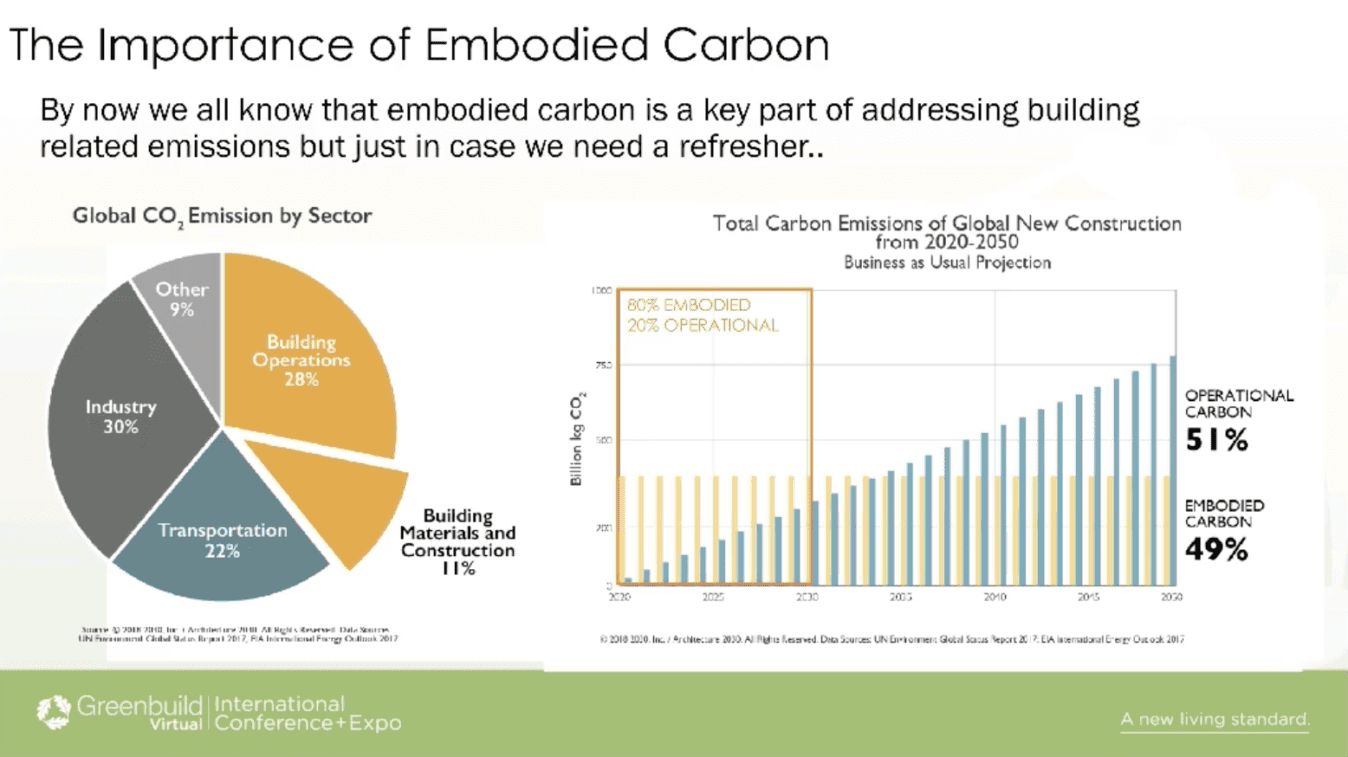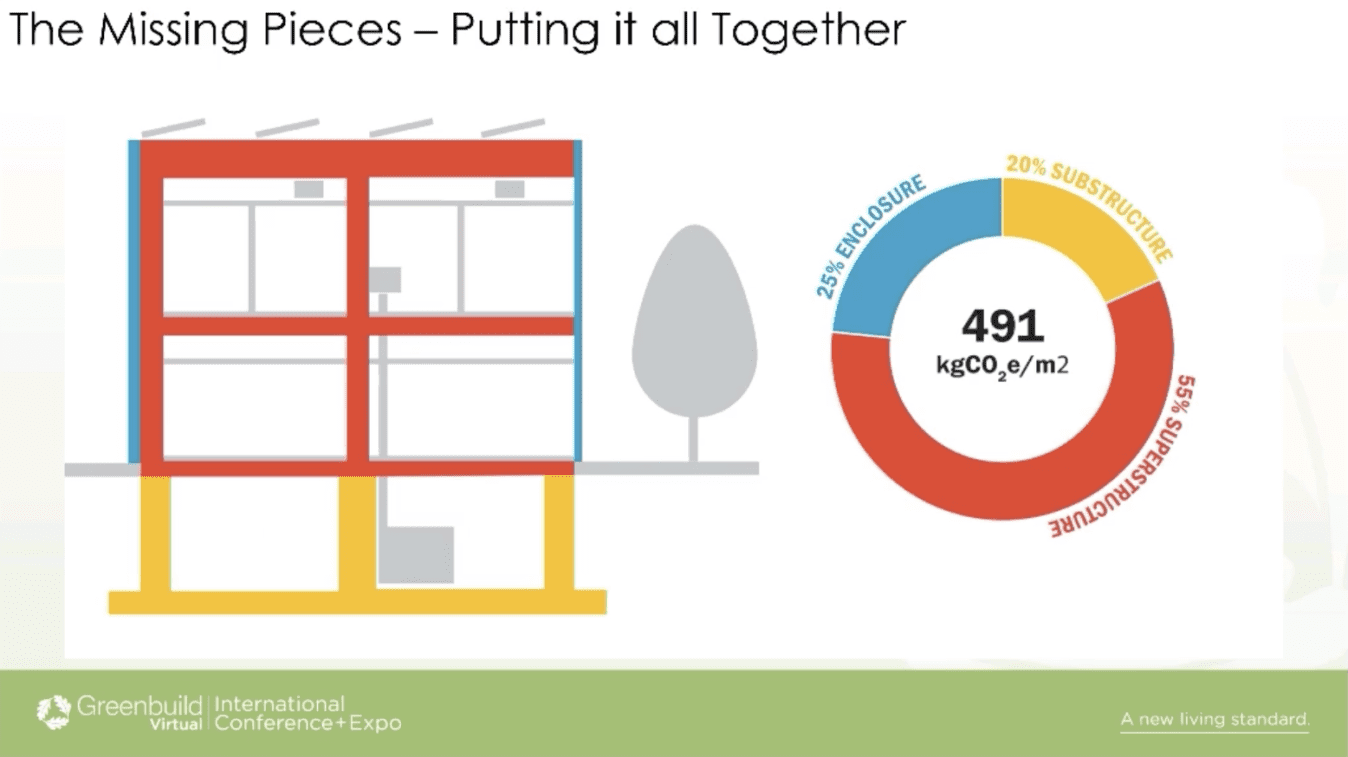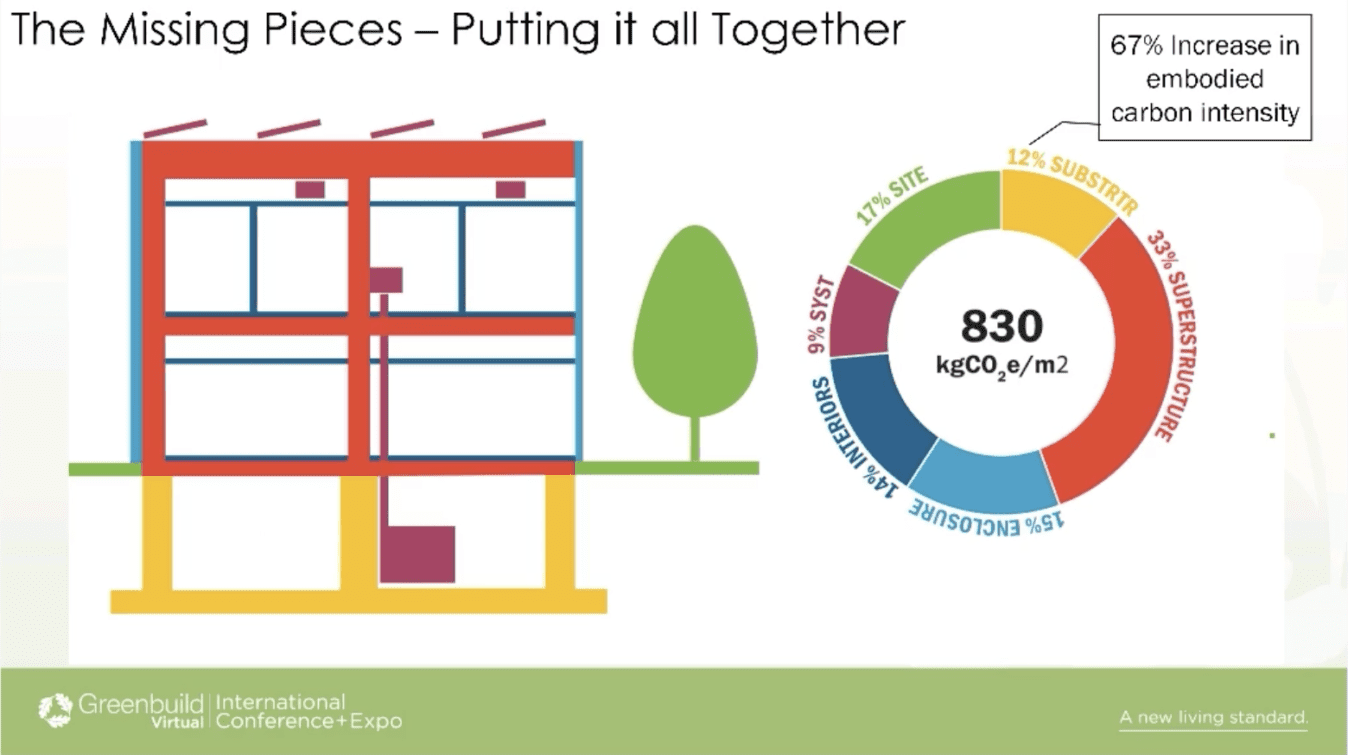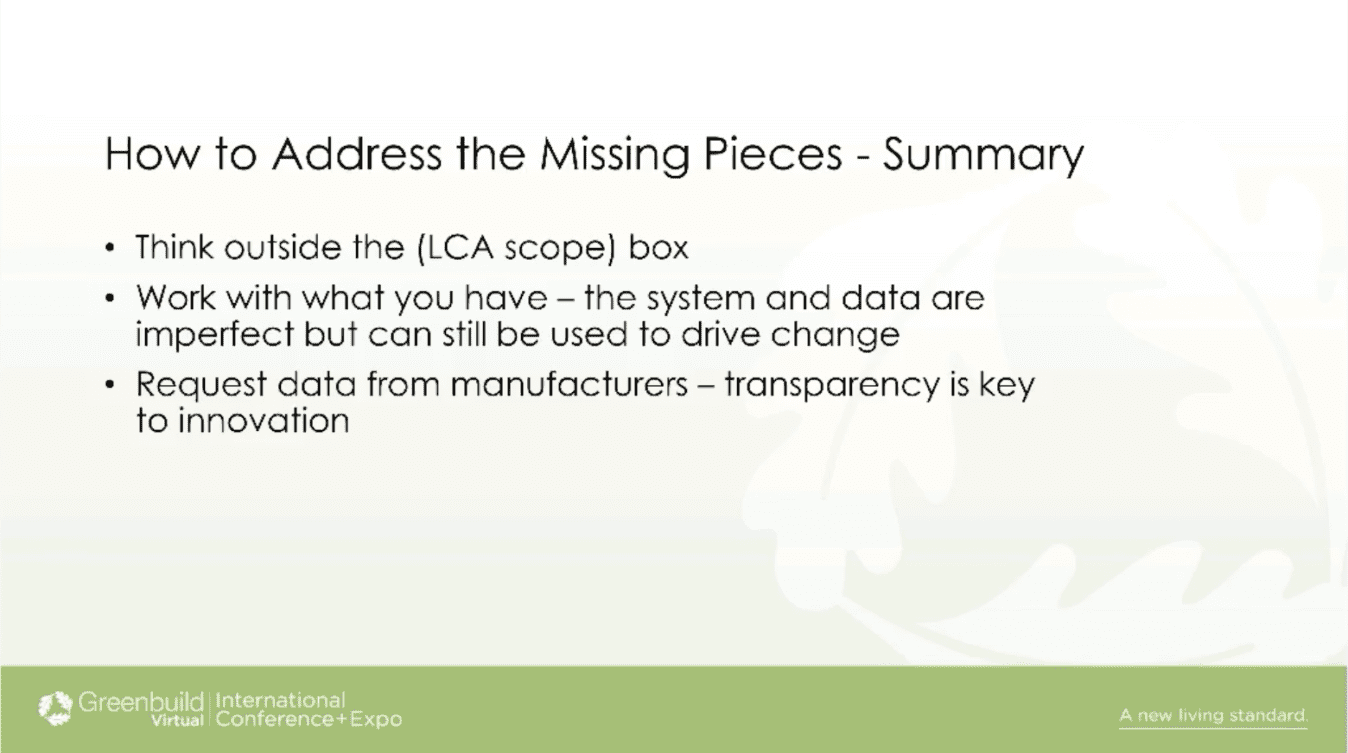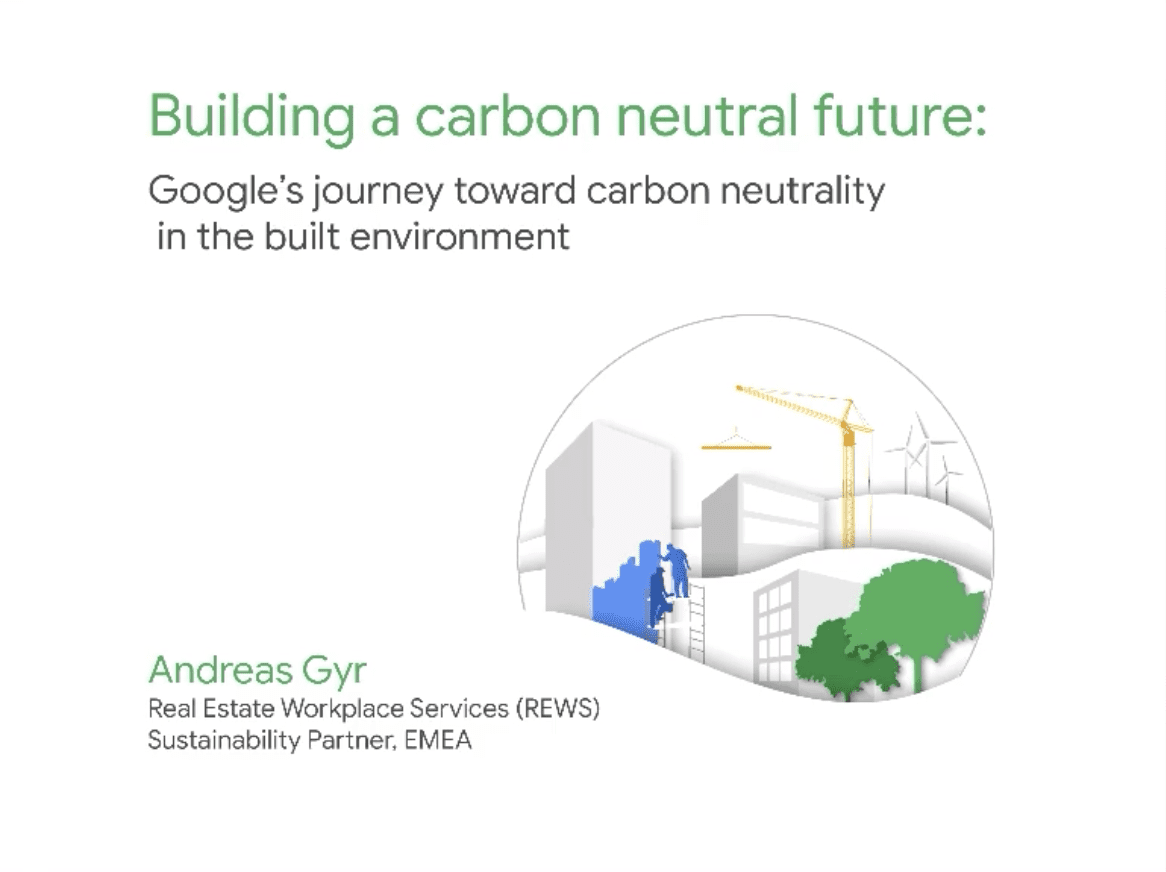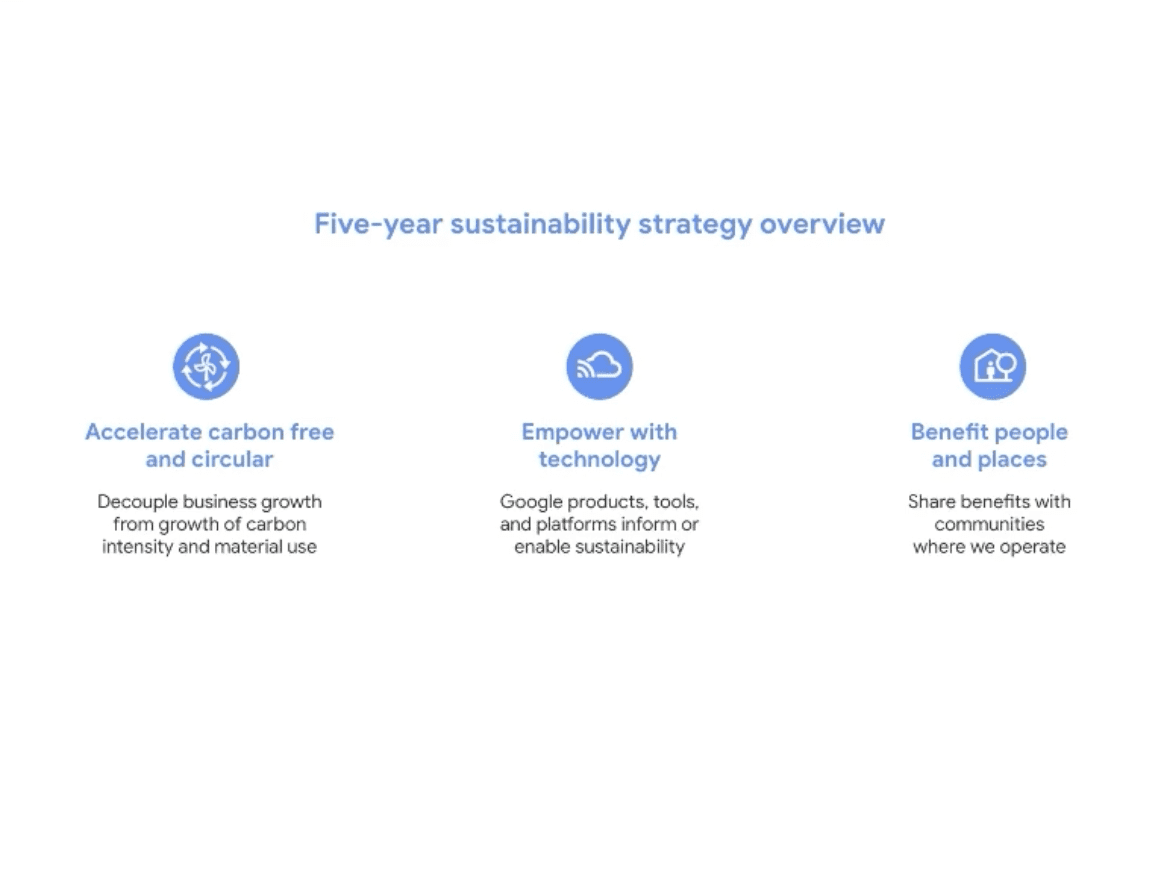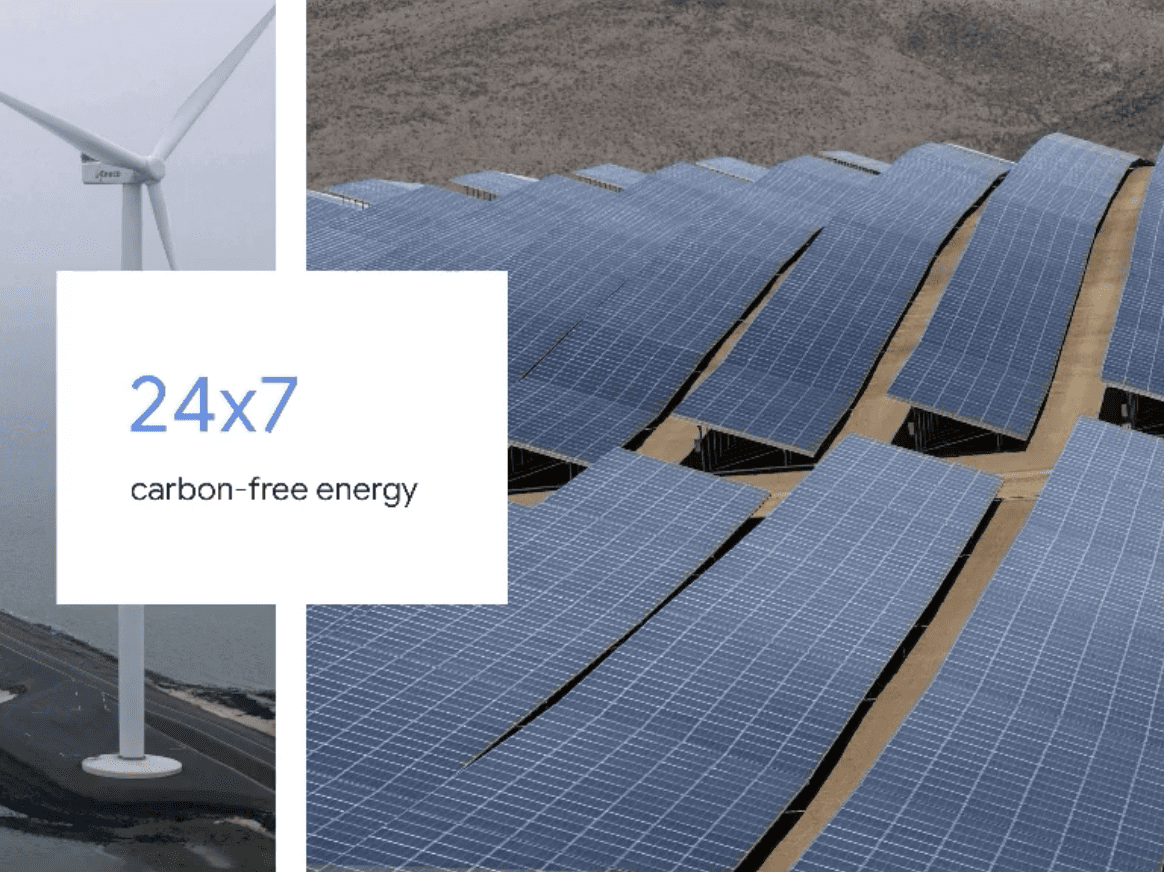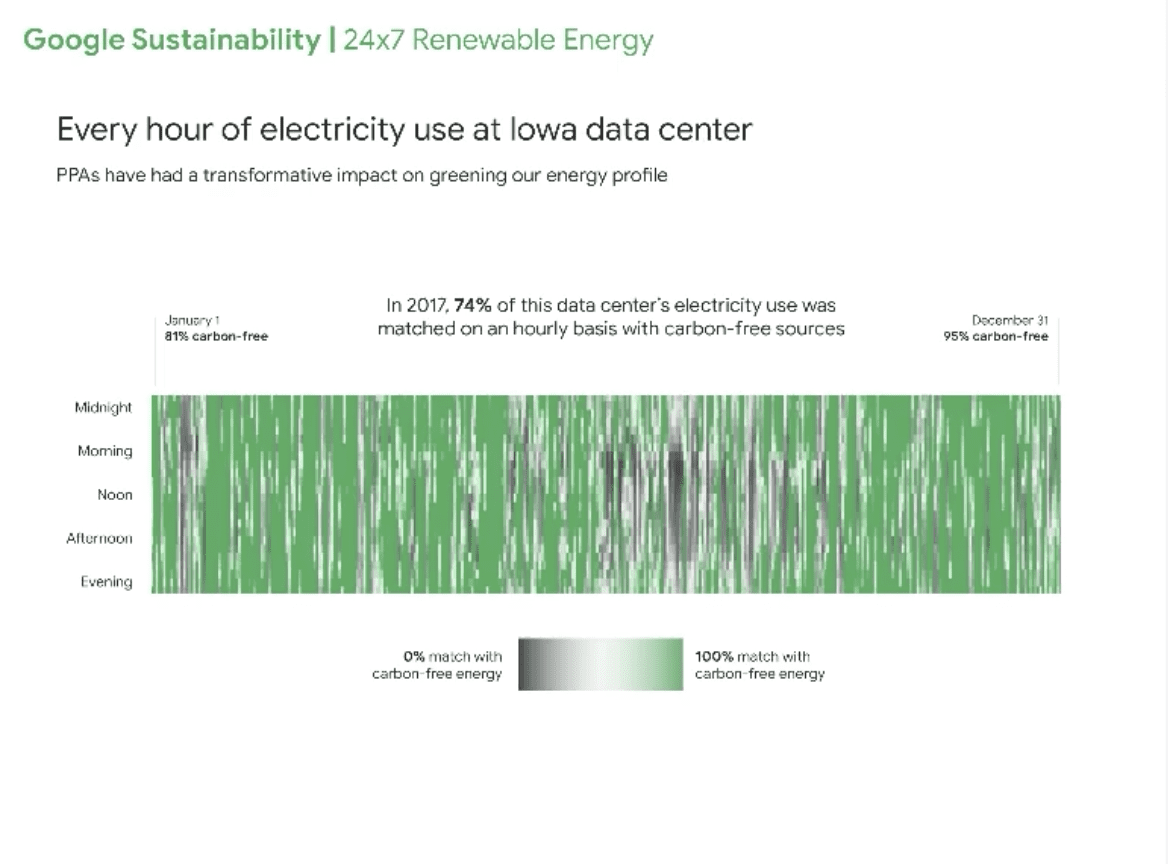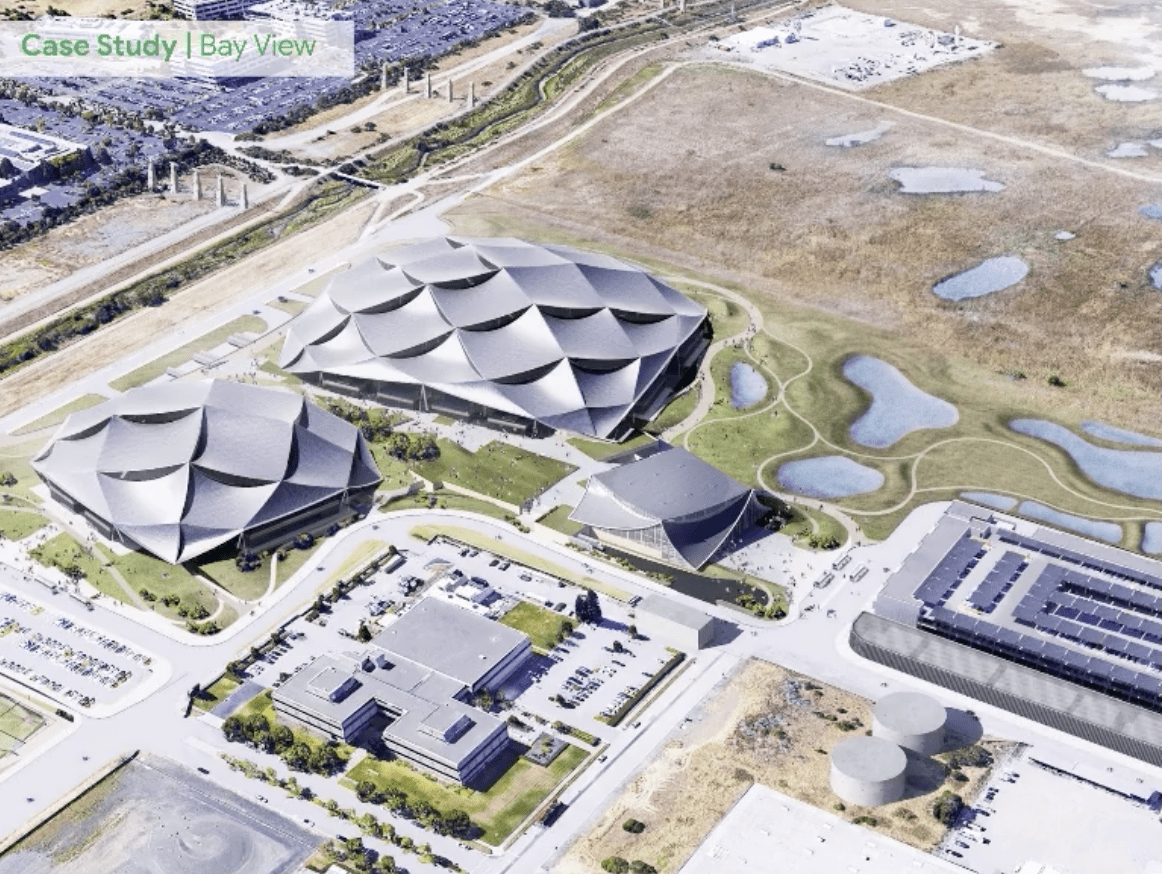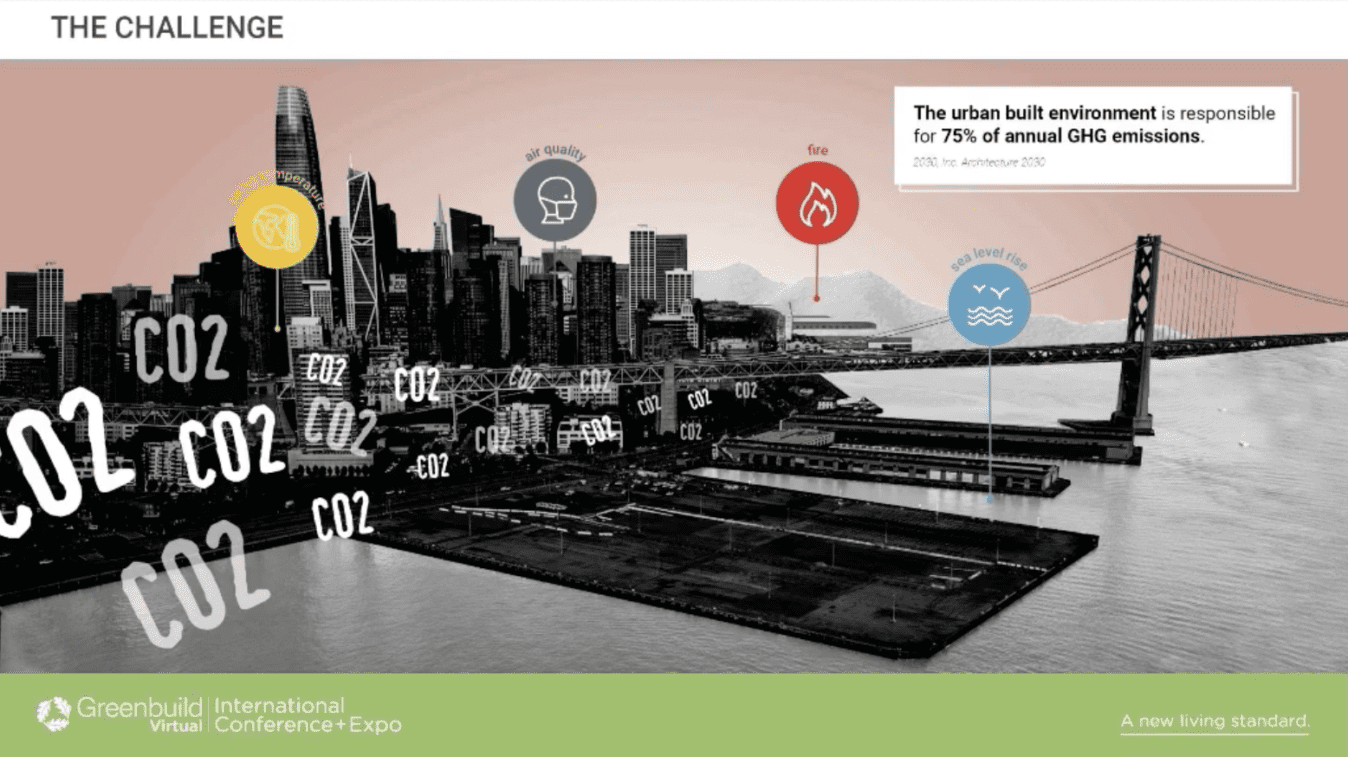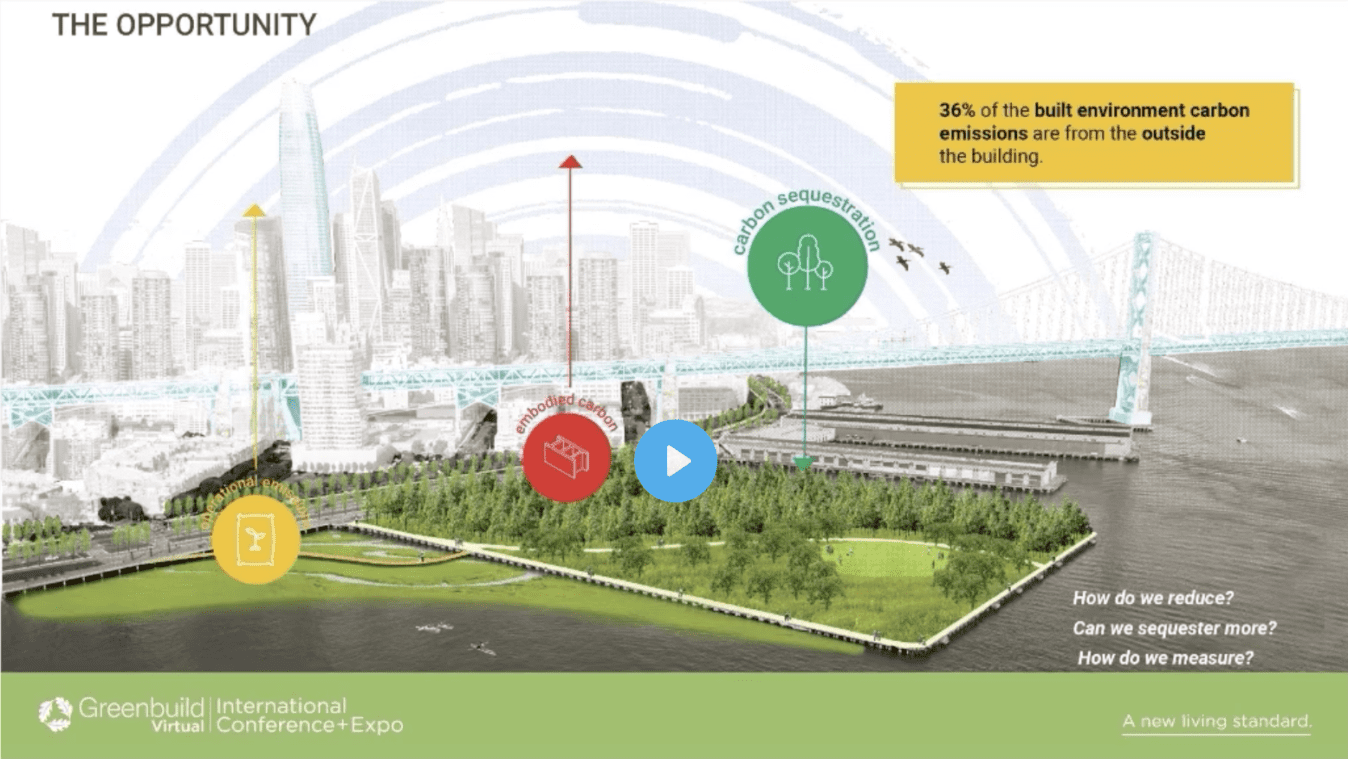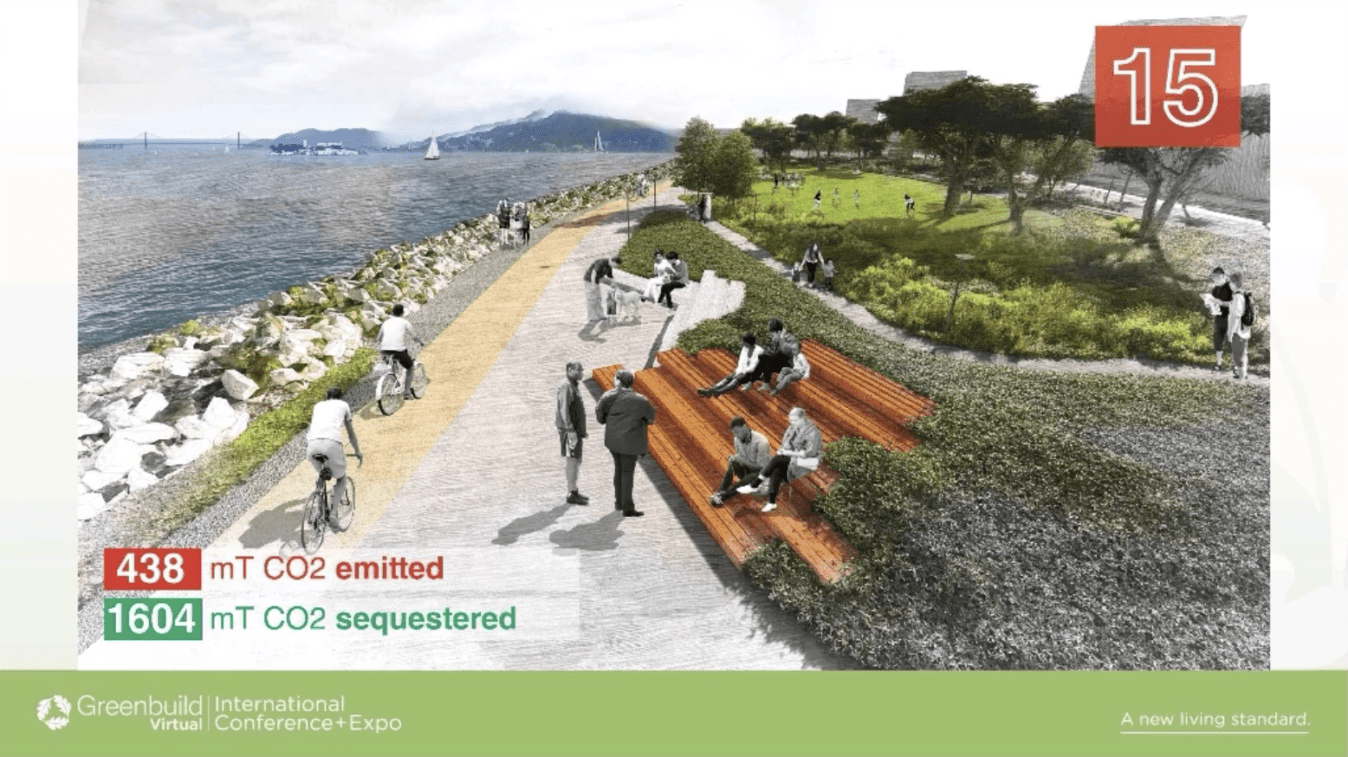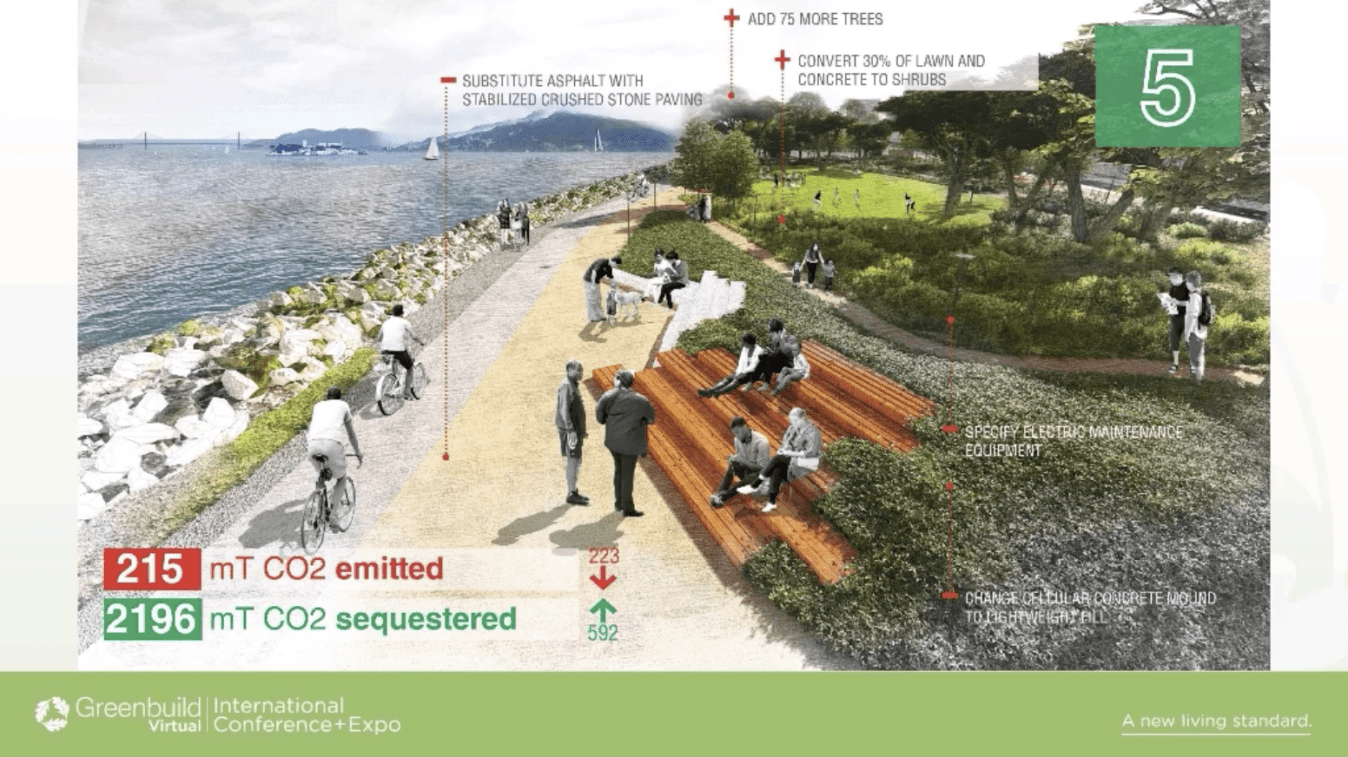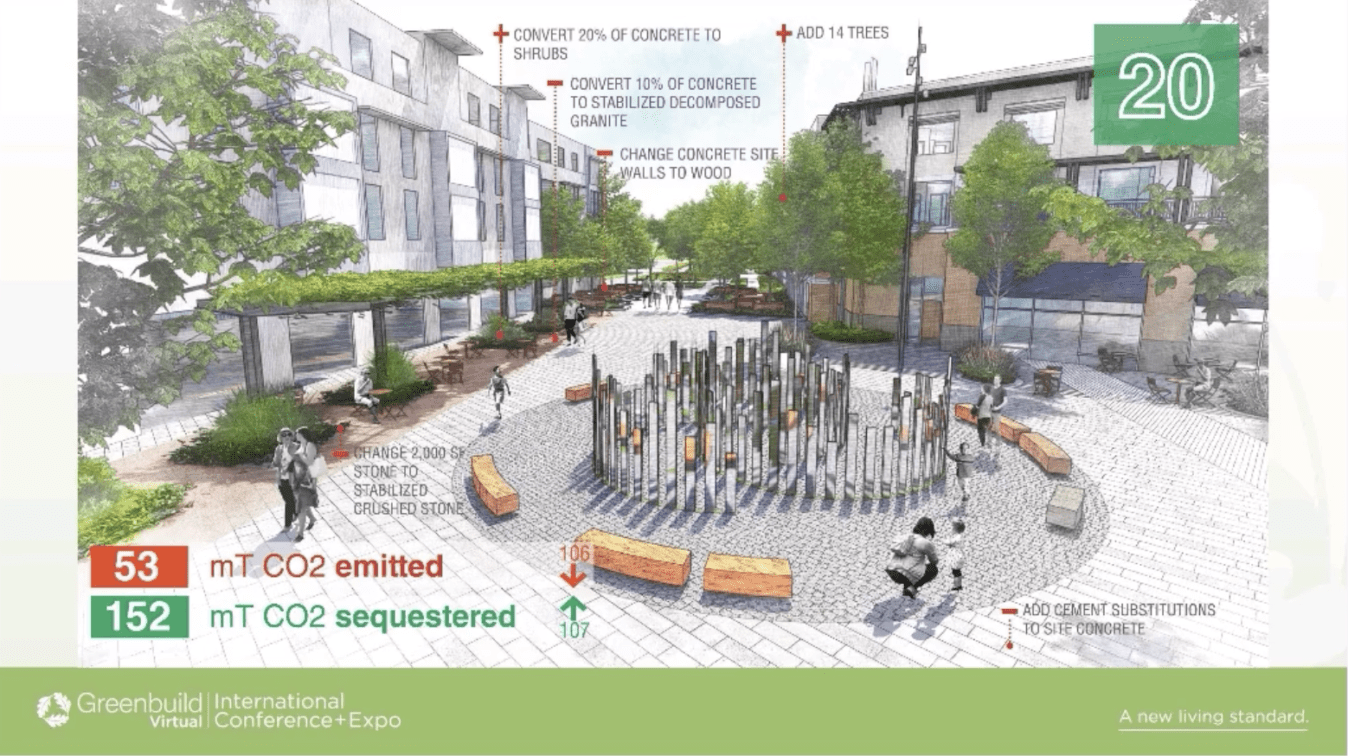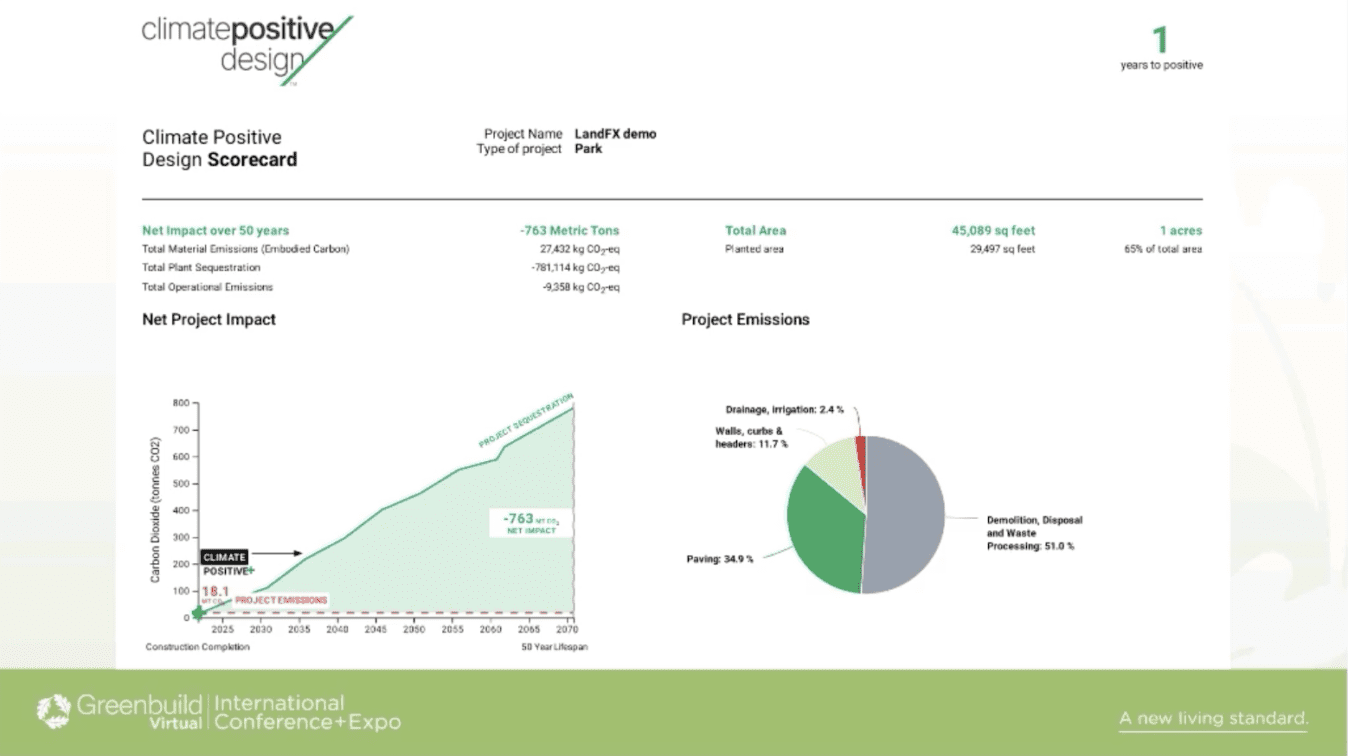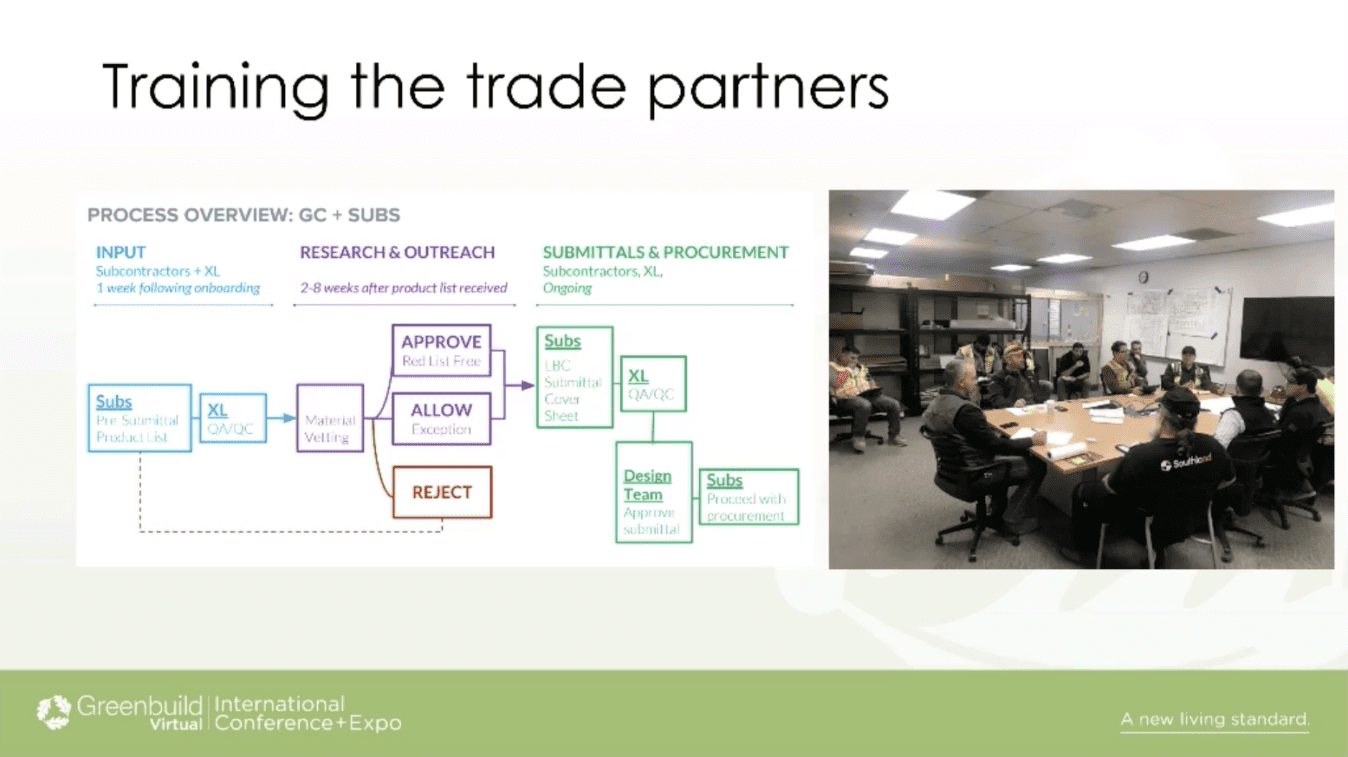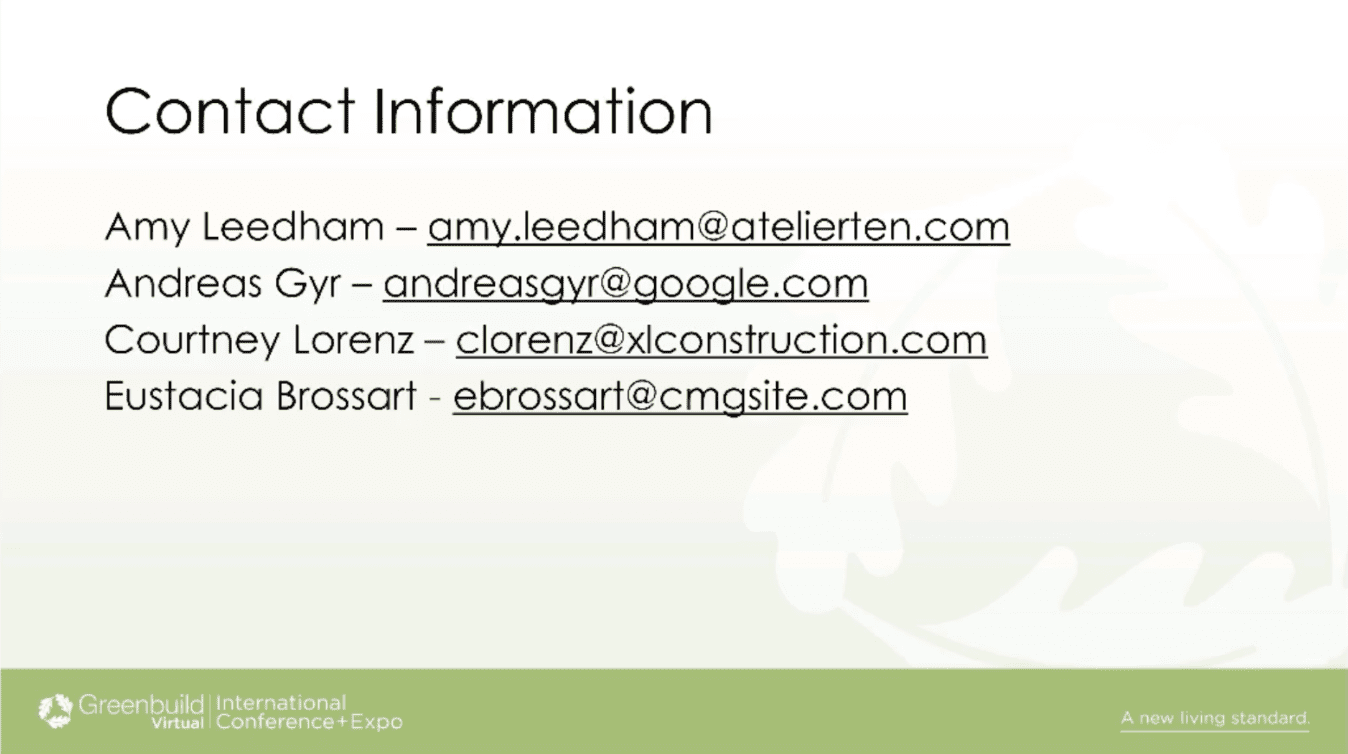Editorial comment, “We love hearing about carbon! It is so inclusive and brings every aspect of our world into focus. No longer can suppliers say, not applicable, not our problem, doesn’t apply. Steel from China isn’t the same as steel from the mill 50 miles from us. Concrete has always bothered us and now we have a rational way of discussing it. Don’t use it. You can build an eleven story building with wood. And the wood, when properly harvested so it doesn’t extinguish an ecosystem, sequesters carbon. Which means it bottles it up and it may never go back into the atmosphere if reused when the building is torn down. That’s not the case with concrete. And it takes a huge amount of carbon to remove concrete. Now there are tools to analyze just about every type of construction carbon. We’re looking forward to learning more about the carbon in everyday objects like housewares, clothes, plastics, food, and health and beauty products.”
Accounting for embodied carbon in our buildings is critical to achieving zero carbon projects. Recent focus on Life Cycle Assessment and Environmental Product Declarations has elevated the conversation about embodied carbon, but the focus on building structure and enclosure has overlooked some critical aspects of a project’s carbon footprint. If we are truly going to achieve carbon neutral – or better yet carbon positive – buildings, we need to address the missing pieces. This session moves beyond explaining why embodied carbon and LCA are important to dive into the next frontier of embodied carbon topics: site and landscape carbon emissions, the importance of interiors, construction emissions and the challenges associated with disparity between regulations and rating systems. Amy Leedham from Atelier Ten will address how to navigate the challenges associated with data uncertainty in carbon accounting when making design and procurement decisions or pursuing zero carbon certification. Andreas Gyr from Google will share Google’s long-term approach to carbon, and how low-carbon materials and circularity influence decision making on ground-up and interiors projects at Google. Pamela Conrad from CMG Landscape Architecture and Founder of Climate Positive Design will explain how embodied, operational and sequestered carbon from landscapes can be incorporated into holistic life cycle assessments in the built environment. Courtney Lorenz from XL construction will address construction related emissions and share strategies for both tracking and reducing these emissions.
Insight and conversation from the panelists can begin to illuminate how we can help fuse together efforts of various related disciplines and break down barriers to what has been a somewhat siloed approach of carbon analyses due to challenges of available data, research, and consistent metrics. The panelists bring a broad perspective on the subject of carbon will share project specific examples as well as products of various research and advocacy initiatives.
LEARNING OBJECTIVES:
Identify key aspects of building projects that are not typically addressed in carbon accounting and how to address them through design, procurement and operation.
Describe strategies for tracking and reducing construction emissions in building projects.
Characterize the relative importance of interior materials and landscape in embodied carbon accounting and describe strategies to reduce the environmental impact of these materials.
Develop a decision making process that addresses data uncertainty in carbon accounting.
CE HOUR(S): 1
GBCI, AIA LU
Learning Level: Intermediate
Amy Leedham
Associate
Atelier Ten
Amy Leedham is a licensed architect and an associate in Atelier Ten’s San Francisco office where she leads the cross-office carbon practice. With a priority of achieving ambitious targets, she manages many of the firm’s complex, high performing projects – which over the past several years has increasingly focused on embodied carbon and life cycle assessment. Her work has touched on the following key topic areas: mass timber buildings, accounting for biogenic carbon, product optimization, and data uncertainty. Much of this work is for ambitious clients who want to be at the cutting edge of the climate solution and thus want to implement the most innovative strategies. She is constantly balancing the desire for innovation, with the need for verification and rigor in a rapidly changing industry. She directs all embodied carbon focused work in the US and collaborates closely with the international offices to ensure alignment.
Andreas Gyr
REWS Sustainability Partner, EMEA
Google
Andreas has been with Google’s Real Estate and Workplace Services Sustainability Team for over 9 years, and plays a key role for Google development projects in North America and Europe. He collaborates with project teams to implement proven strategies and investigate emerging technologies and processes that positively impact the project’s water and carbon footprint, as well as promote user experience and health within the built environment. Andreas earned his BA in Architecture from University of California, Berkeley and lives in San Francisco with his wife and their great pyrenees mix George.
Eustacia Brossart
Associate
CMG Landscape Architecture
As a Landscape Architect at CMG, Eustacia worked with Pamela Conrad and Atelier 10 to help develop the landscape carbon calculator Pathfinder tool and Climate Positive Design challenge. She is passionate about the urban landscape’s potential to sequester carbon while creating dynamic, resilient, inclusive places for people, ecology, and art. Eustacia has translated her background in cinema production and art direction into over a decade of designed and built landscape projects at a variety of scales, from the National Mall in Washington DC to tech, university and museum campuses, to a public playground in San Francisco. Her investigations into the infrastructural possibilities of landscape have led her around the world to study landscapes of waste resourcing.
Courtney Lorenz
Director of Sustainability
XL Construction
I have worked in commercial construction for 15 years, spanning environmental health and safety, sustainability, and community engagement programs. I am an internal advocate for creating the most environmentally, economically, and socially responsible decision for any project or internal program. Externally, I work with clients and trade partners to hold sustainability goals steady, and create projects that given back to the community. Previously working for a multinational organization, I was an early adopter of progressive building codes and more aggressive goal setting for US construction. I am currently leading efforts for corporate philanthropy, women in construction, diversity and inclusion, green building, and unconcious bias. I speak frequently at a variety of sustainability and community giving related events. Specific to carbon, I am a Bay Area go-to contact on construction phase carbon accounting for both clients and design teams.
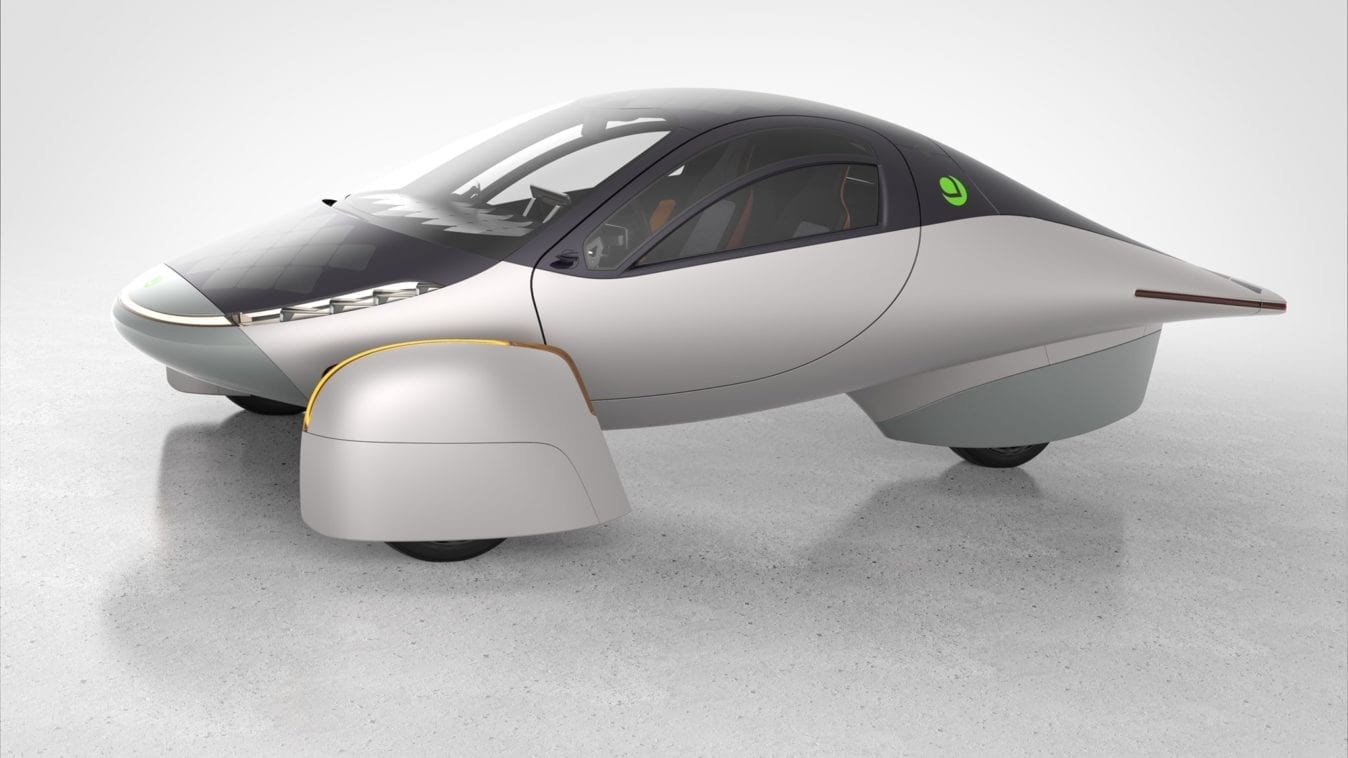
Get $30 off your Aptera Pre-Order
Click this link and you’ll receive a promo code for $30 off an Aptera pre-order. The 2nd Generation Aptera launched Dec. 4, 2020 and is on track to be the first self charging electric vehicle. The two-person, three-wheeler is covered with solar panels which allow self-charging but it also comes with a plug for charging. For every person I refer, I’ll earn a $1,000 credit towards an Aptera. After referring 26 people, I’ll score a free standard edition model. I’m a volunteer Aptera Ambassador, read more about this incredible solution to beautiful design and the ultimate in sustainability! Thanks for your referral, Chuck Lohre, Editor, Green Cincinnati Education Advocacy. #aptera #apteramotors



